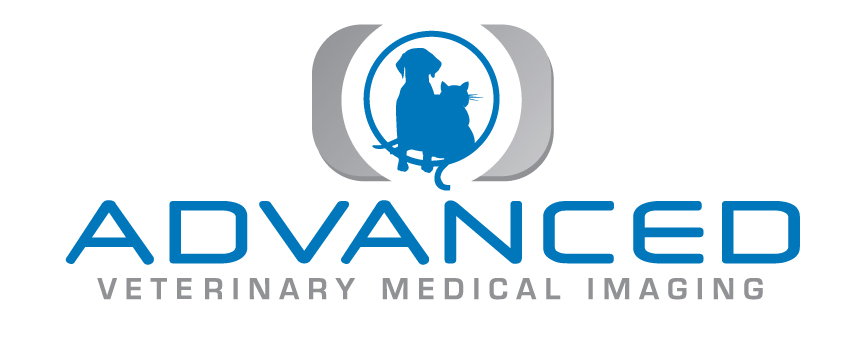Marks AL, Hecht S, Stokes JE, et al.
Vet Radiol Ultrasound 2014;55:286-291.
Gadoxetate disodium (Gd-EOB-DTPA; gadolinium-ethoxybenzyl-diethylene triamine penta-acetic acid) is a newly developed paramagnetic contrast agent reported to have a high specificity for the hepatobiliary system in humans. The purpose of this prospective study was to describe effects of Gd-EOB-DTPA contrast administration on MRI characteristics of the liver in eight clinically healthy dogs. Precontrast dorsal and transverse T1-weighted spin echo, T2-weighted fast spin echo, and transverse T1-weighted 3D gradient echo (VIBE; volume-interpolated body examination) pulse sequences were acquired for each dog. Dogs were assigned to four groups based on contrast dose administered (0.0125 mmol/kg or 0.025 mmol/kg), and pulse sequences acquired after contrast administration (T1-weighted spin echo and T1-weighted 3D gradient echo). Liver signal intensity ratios were calculated and compared between the two contrast dose groups and two postcontrast pulse sequence groups using ANOVA. No adverse effects of contrast administration were observed. All dogs exhibited homogeneous contrast enhancement of the liver with no statistical difference in enhancement between the two different contrast doses. Contrast enhancement in all dogs peaked between 1 and 10 min after intravenous injection. There was a significant difference in mean signal intensity ratios between sequences (P = 0.035) but not between doses (P = 0.421). Postcontrast signal intensities of the liver parenchyma were significantly higher for the T1-weighted 3D gradient echo images when compared to the T1-weighted spin echo sequences. Findings indicated that Gd-EOB-DTPA contrast administration is safe in healthy dogs and causes homogeneous enhancement of the liver that is more pronounced in T1-weighted 3D gradient echo MRI pulse sequences.

